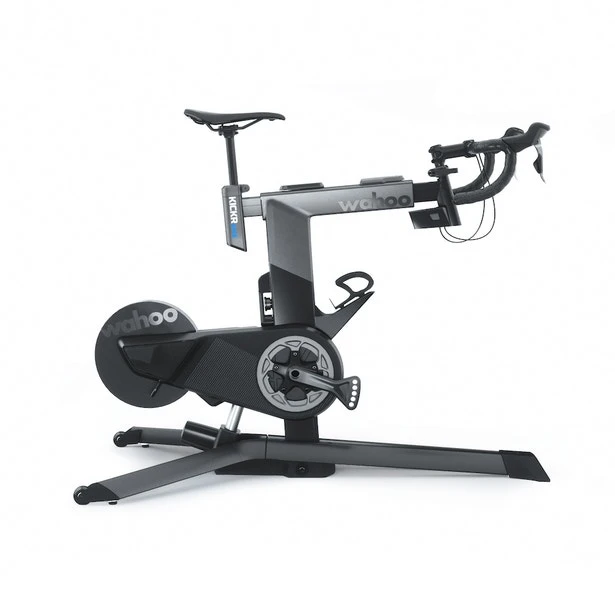The world of indoor cycling apps is rapidly evolving. While Zwift and Peloton have dominated the space, a new contender named MyWhoosh aims to shake things up. After testing MyWhoosh myself, I analyze how it stacks up against the competition.
MyWhoosh’s Goal and Target User
At first glance, MyWhoosh seems inspired by Zwift, catering to riders looking for gamified, social riding experiences. Like Zwift, MyWhoosh offers virtual worlds to explore, group rides, and built-in races where you can compete against other cyclists in real-time. This positions it as an alternative for the same core demographic of riders.
However, MyWhoosh has not simply copied Zwift outright. They’ve added their own flair to key features during development.
Key Differentiating Features
Some of MyWhoosh’s unique touches include:
- Allowing multiple rider profiles per account for the whole family.
- Pairing with a secondary power meter for data validation.
- Offering routes based in the Middle East, South America and Australia versus Zwift’s European/USA focus.
- Integration with training platforms like TrainingPeaks for syncing workouts.
- Full in-app workout builder and training plans suited for different goals.
- A calendar integrating planned workouts and rides across platforms.
These features help MyWhoosh stand apart from just emulating Zwift. However, a few technical drawbacks do remain.
Read about the monster indoor bike Wahoo KICKR Bike 2 here.
Room for Improvement
During my usage of MyWhoosh, a few limitations stood out:
- Limited platform support – No Apple TV or Mac app yet.
- Graphics lag – Much lower frame rates versus buttery-smooth Zwift.
- Workout interface – ERG mode transitioning lacks polish.
- Gameplay – Physics and steering could be tightened up.
While not dealbreakers, these present areas where MyWhoosh could improve the experience. Zwift’s maturity here shows.
Promotional Push and Events
One area MyWhoosh is aggressively trying to close the gap to Zwift is major events and publicity. They’ve hosted high-profile races with huge prize pools in the millions, stealing the show from Zwift. It’s clear they are pouring serious money into marketing.
This strategy has succeeded in garnering attention and establishing MyWhoosh as a platform worth watching. The key now becomes sustaining user engagement long-term.
The Importance of Community
And this leads to MyWhoosh’s Achilles heel – the lack of an organic community. During my rides, I often found myself alone on courses. The social experience pales compared to Zwift’s vibrant community.
Building a core user base who call MyWhoosh home will be challenging but crucial. Peer motivation and competition drive the enjoyment for many indoor cyclists.
Turning Free Into an Advantage
Interestingly, MyWhoosh has chosen to offer its platform entirely free – a stark contrast from Zwift’s $15 monthly fee. Its financial backing likely enables this, though long-term viability will require monetization.
If MyWhoosh can leverage being free to attract users initially, then introduce premium features, it may sway people to at least try it out. Coupled with compelling yet accessible workouts and training plans, this freemium approach could drive adoption.
The Bottom Line
MyWhoosh shows promise but has not yet achieved the polish, community, and chemistry of a platform like Zwift. However, with continued development and smart leveraging of its advantages like flexibility and reduced cost, it has potential.
I’m keen to see how MyWhoosh evolves over 2022 and beyond. Competition breeds innovation – and any push to improve the indoor cycling experience for all is a net positive for enthusiasts in my book.

